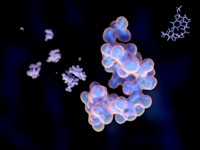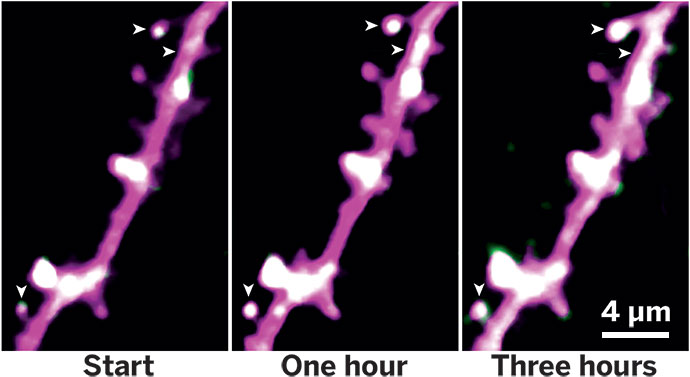Advertisement
Grab your lab coat. Let's get started
Welcome!
Welcome!
Create an account below to get 6 C&EN articles per month, receive newsletters and more - all free.
It seems this is your first time logging in online. Please enter the following information to continue.
As an ACS member you automatically get access to this site. All we need is few more details to create your reading experience.
Not you? Sign in with a different account.
Not you? Sign in with a different account.
ERROR 1
ERROR 1
ERROR 2
ERROR 2
ERROR 2
ERROR 2
ERROR 2
Password and Confirm password must match.
If you have an ACS member number, please enter it here so we can link this account to your membership. (optional)
ERROR 2
ACS values your privacy. By submitting your information, you are gaining access to C&EN and subscribing to our weekly newsletter. We use the information you provide to make your reading experience better, and we will never sell your data to third party members.
Analytical Chemistry
Tracking Activity At Single Synapses
New fluorescent compound makes it possible to visualize neurotransmitter release and uptake
by Sophie L. Rovner
May 14, 2009
With the aid of a new fluorescent compound, scientists for the first time can observe release and uptake of neurotransmitters at individual synapses in brain tissue (Science, DOI: 10.1126/science.1172278).
Dalibor Sames and David Sulzer of Columbia University dubbed the optical tracer "fluorescent false neurotransmitter 511" (FFN511). The compound behaves like the neurotransmitter dopamine but doesn't interfere with dopamine's normal activity.
The researchers bathed a brain slice in a solution containing FFN511. Using a fluorescent microscope, they observed the tracer—and by extension, dopamine itself—as it accumulated in synaptic vesicles in the presynaptic terminals of neurons in the brain tissue. They then stimulated the neurons and tracked the release of the tracer from the presynaptic terminals.
The scientists deduced from the behavior of the tracer that the amount of dopamine released varies greatly among individual synapses and depends on stimulation frequency. Sulzer says this observation suggests a mechanism underlying learning and decision-making.
Jonathan V. Sweedler, who studies analytical neurochemistry at the University of Illinois, Urbana-Champaign, says the Columbia work provides a new approach for studying chemical communication in the brain. "The ability to have a fluorescent compound taken up and packaged within synaptic vesicles, and to follow the position and release of those vesicles, is fantastic."






Join the conversation
Contact the reporter
Submit a Letter to the Editor for publication
Engage with us on Twitter